<< Previous | Displaying results 3801-3825 of 6772 for "" | Next >>
Eduard Schulte was a prominent German industrialist and secret anti-Nazi who leaked the first report to the west that the Nazis intended to murder all Jews in Europe.
The American Jewish Congress led anti-Nazi protest rallies in the 1930s and 1940s. Learn about the AJC's creation, leadership, activities, and rescue efforts.
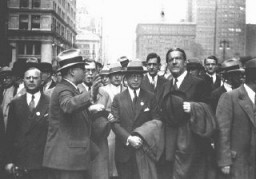
The German American Bund was an organization of ethnic Germans living in the US. It held a pro-Nazi, antisemitic, and US isolationist agenda.
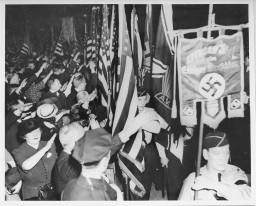
The United Nations Relief and Rehabilitation Administration’s mission was to provide economic aid to European nations and assist refugees after World War II.
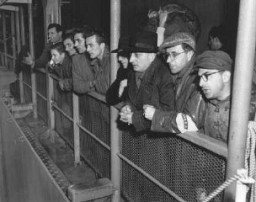
Before the Nazi rise to power in 1933, Europe had a vibrant, established, and diverse Jewish culture. By 1945, two out of every three European Jews had been killed.
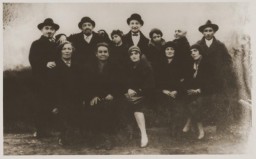
Learn more about pre-World War II Czechoslovakia and about the annexation of Czechoslovak territory by Nazi Germany in 1938.
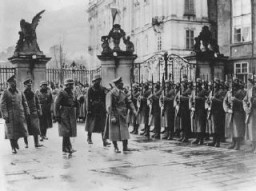
Varian Fry was an American journalist who helped anti-Nazi refugees escape from France between 1940 and 1941. Learn about his rescue efforts.
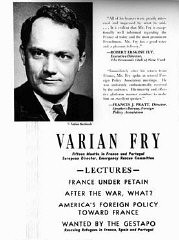
Learn more about Aliyah Bet, the clandestine immigration of Jews to Palestine between 1920 and 1948, when Great Britain controlled the area.
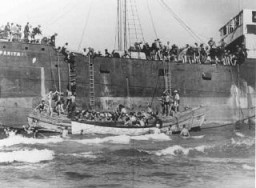
Learn about the rescue activities and the fates of Ona Simaite in Lithuania, Joop Westerweel in the Netherlands, and Irena Sendler in Poland.
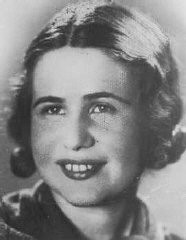
The United States Holocaust Memorial Museum opened in April 1993. Explore the history of the nation's memorial to the millions murdered during the Holocaust.
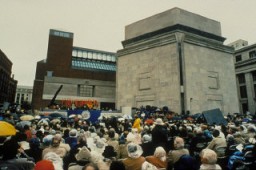
Oskar Schindler's actions to protect Jews during the Holocaust saved over 1,000 Jews from deportation. Learn more about Schindler's List.
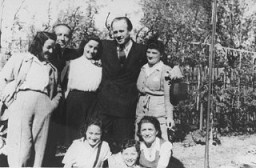
Arthur Szyk became one of America's most prominent cartoonists and caricaturists during World War II. His images reached millions during the 1940s. Learn more.
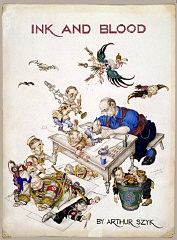
Learn about the vibrant Jewish community of Kalisz between World War I and World War II.
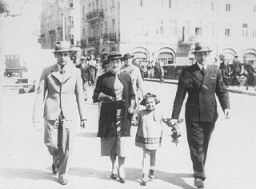
One of the oldest cities in Poland, Kalisz played a pivotal role in Polish Jewish history. Learn about the Jewish Community in Kalisz from the 12th Century to WWI.
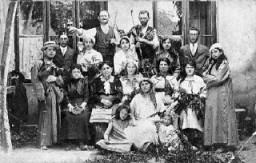
Learn about the Jewish community of Munkacs, famous for its Hasidic activity as well as its innovations in Zionism and modern Jewish education.
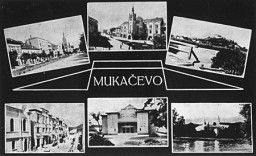
Learn about Jewish communal life and politics in Munkacs between WWI and WWII, including leaders, acculturation, Zionism, and communal organizations there.
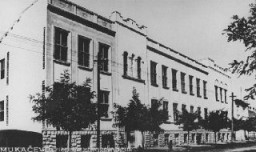
Learn about the Jewish community of Munkacs from the eighteenth century through the aftermath of World War I.
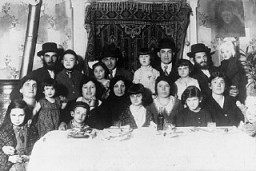
Learn more about the Transcarpathian region of Ukraine (Subcarpathian Rus) before and during World War II.
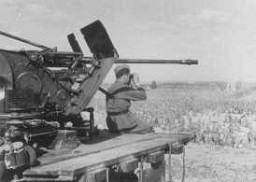
Book burning is the ritual destruction by fire of books or other written materials. The Nazi burning of books in May 1933 is perhaps the most famous in history. Learn more.
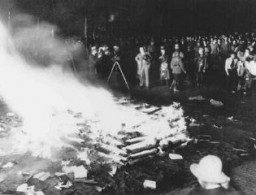
Ludwig Meidner was an Expressionist artist and poet. He was on the list of banned writers and artists in Nazi Germany. Monographs about him were burned in 1933.
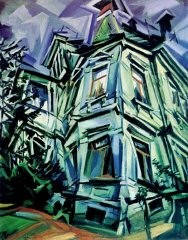
Learn about the fate of Sephardi Jewish communities during the Holocaust. On the eve of WWII, Europe's Sephardi Jews lived mostly in the Balkan countries.
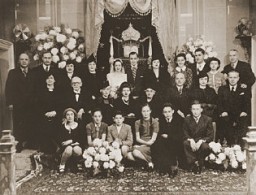
Bertolt Brecht was a leading German dramatist, well known for his political films and plays. His works were burned during the Nazi book burnings of 1933. Learn more.
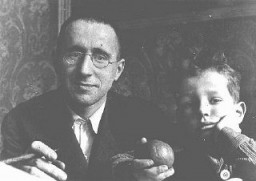
Lion Feuchtwanger was a bestselling German Jewish author who was persecuted under the Nazi regime. His works were burned in the Nazi book burnings of May 1933.
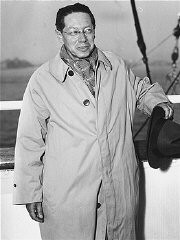
German Jewish writer Alfred Kerr was a well known theater critic during the Weimar period. His works were burned during the Nazi book burnings of 1933.
Helen Keller was an author, suffragist, and disability rights advocate. Her socialist and anti-war writing was burned under the Nazi regime in 1933. Learn more.
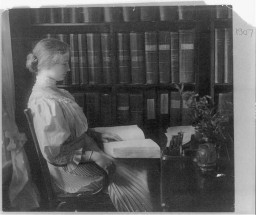
We would like to thank Crown Family Philanthropies, Abe and Ida Cooper Foundation, the Claims Conference, EVZ, and BMF for supporting the ongoing work to create content and resources for the Holocaust Encyclopedia. View the list of donor acknowledgement.